An opportunity for the bears of Europe
A new study has discovered vast areas which are potentially suitable for habitation by European bears. The European brown bear (Ursus arctos arctos) was hunted to extinction in Great Britain and persecuted to near extinction across much of Europe. Consequently, it is believed that 17 000 individuals now live in in Europe; in 2 large (>5 000), 3 medium (500-5 000), 1 small (100-500) and 6 very small populations (<100).
Please also read: Exclusive interview with a Brown Bear
How much space is there?
The German Centre for Integrative Biodiversity Research (iDiv) and the Martin Luther University Halle-Wittenberg estimates there is 1 million square kilometres of potentially suitable habitat. Of the above mentioned suitable habitat, it is believed that 380 000 square kilometres are uninhabited by bears. Therefore, the habitat may be critical in helping connect isolated populations, which are at a greater risk of localised extinction.
Please also read: Bear and Human coexistence
For example some European bear populations are extremely isolated, like the Cantabrian Brown Bear of Northern Spain and recently a bear has wandered into Portugal or the small bear population in the Trentino, South Tyrol where once in awhile a bear wanders into Austria and onto to Germany. These small isolated populations have an increased risk of becoming locally extinct. So does this potential habitat help?

Its up to the bears
While we can conduct surveys to get data and make predictive models of where the bears may move, ultimately, it is up to the bears. Wildlife always surprises us and finds a way. However, the rate at which they are able to find a way, is limited by us humans. Moreover, our uses of these habitats and our activities around these areas will affect the bears choice.
For these large carnivores, Wilderness is key. Areas that are large and un-fragmented, that are able to support their life histories and somewhere they won’t be disturbed.
The European Wilderness Society’s European Wilderness Quality Audit System, promotes Wilderness. Through our principles and stewardship plan we let Wilderness be wild, while ensuring no human intervention.
Potential problems
While certain populations of European bears have been improving other issues have cropped up. Namely the same problems that arose from the return of the wolf and other carnivores have also reared their head with the return of the bears. In the French Pyrenees, bears have come into conflict with farmers and livestock owners. Which in turn has resulted in local mayors calling for the removal of bears. Bears in Slovenia are often robbing beehives causing conflict with local farmers and the case of Danica in Trentino was an example where Bears get into a conflict with local citizens and as a result get killed by the authorities.
Please also read: Bear Daniza killed by authorities

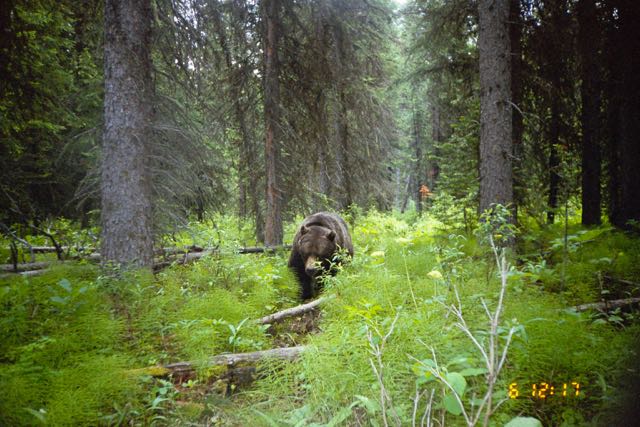
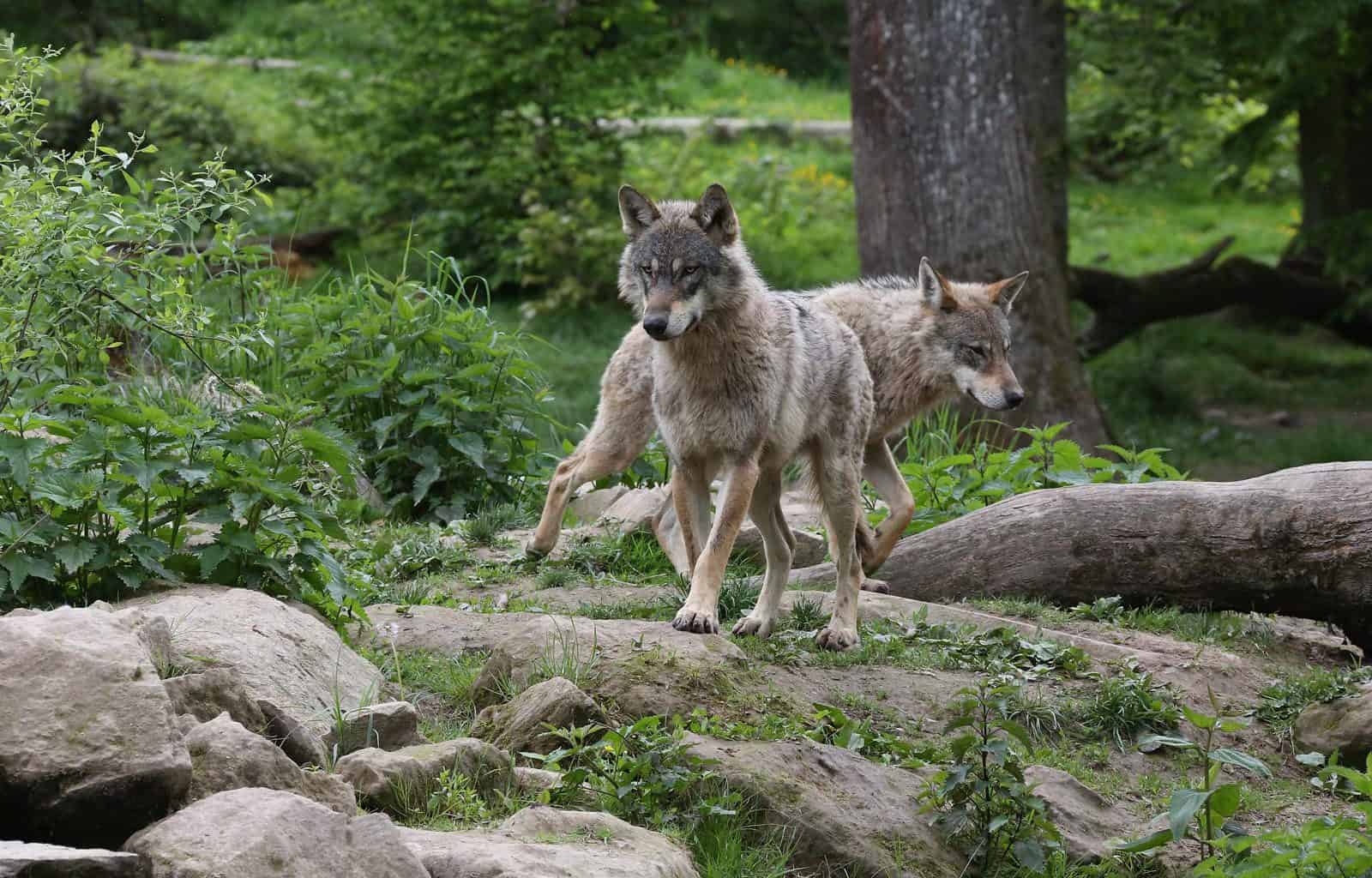
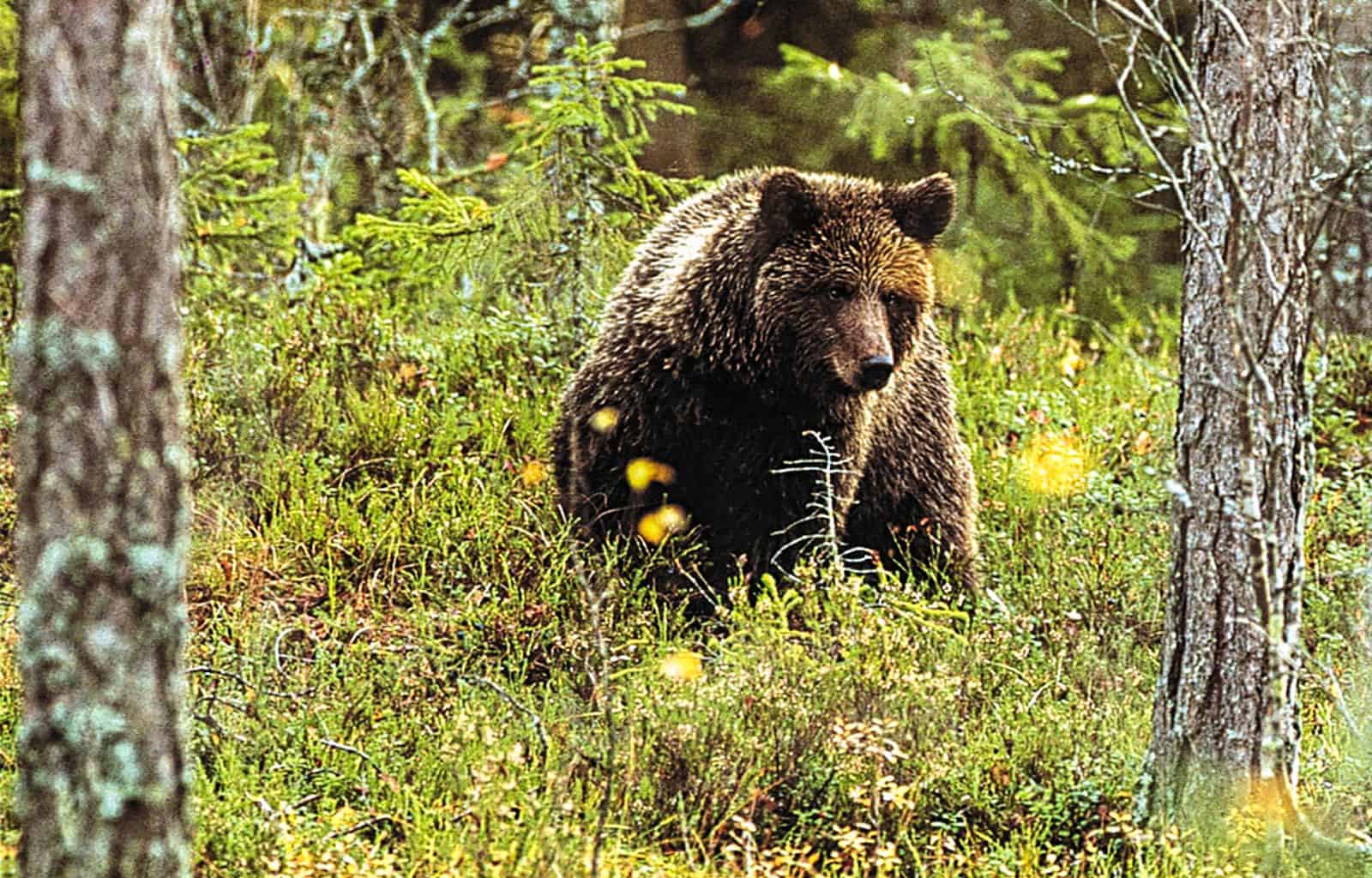

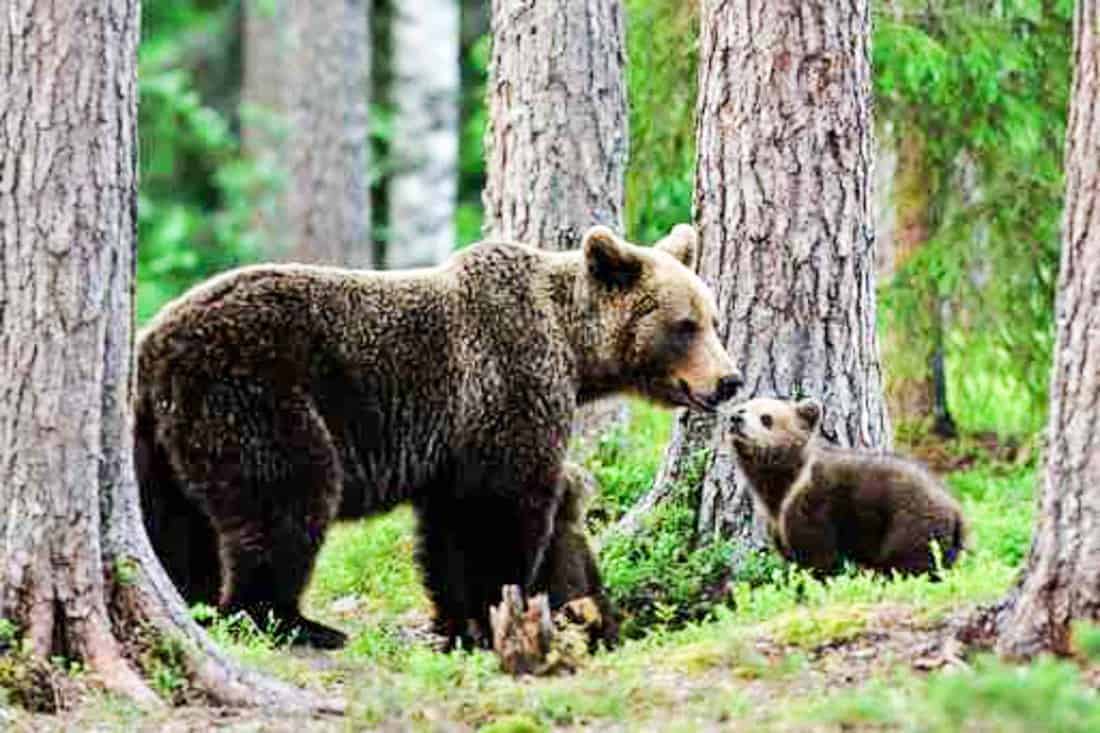

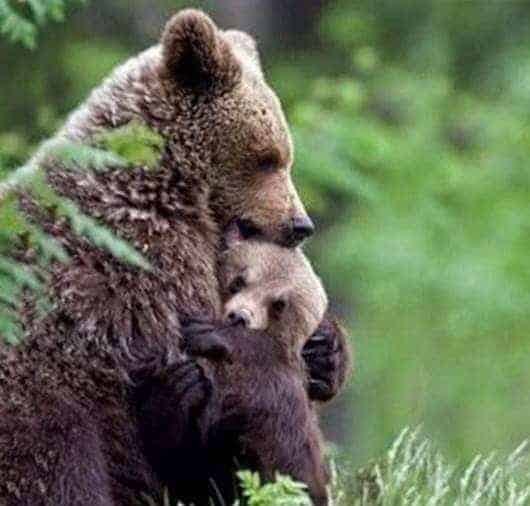
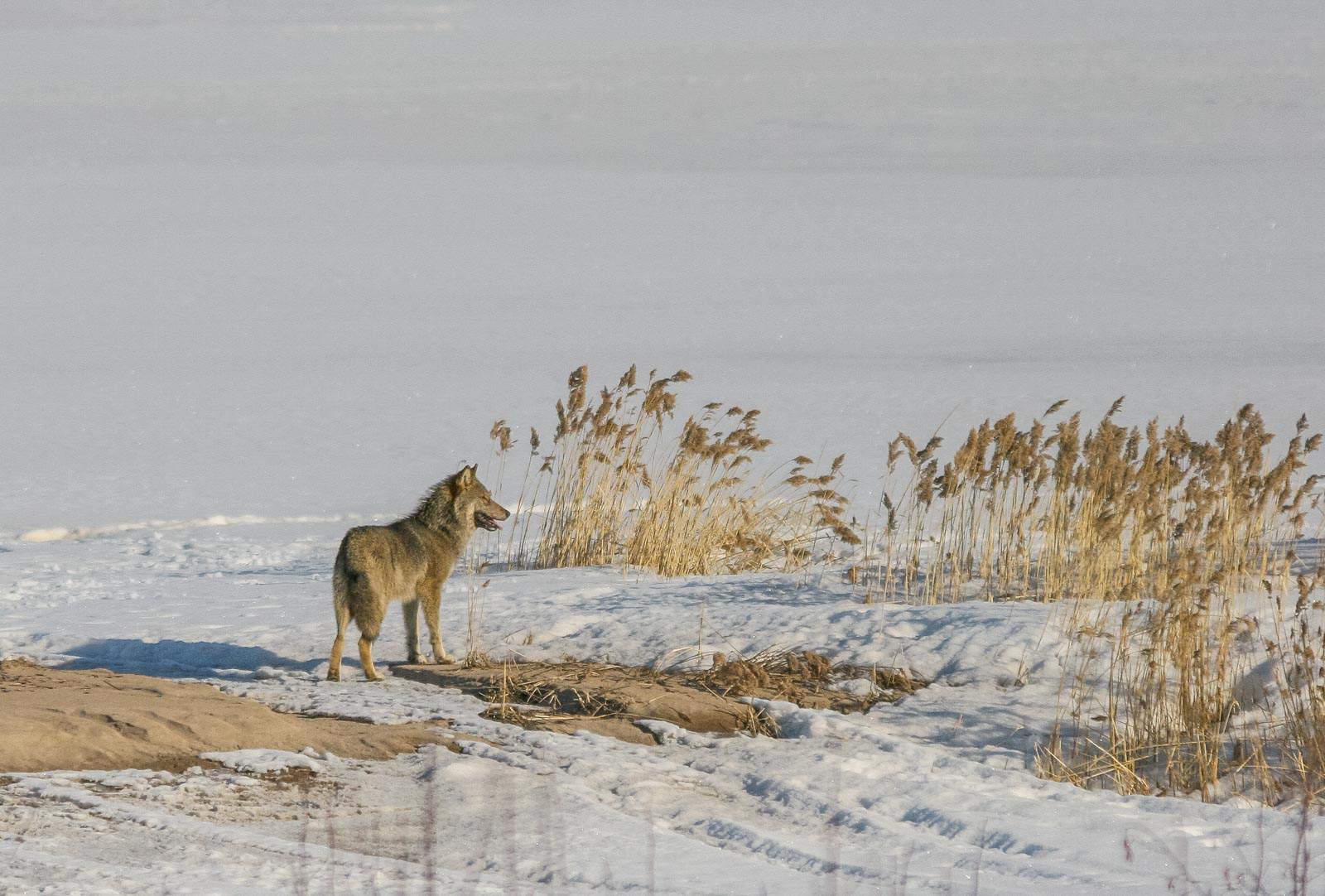

Hello,
I am a native Romanian now living in USA. I recently visited Romania and became aquatinted with the plight brown bears are enduring in my country, especially due to destroyed habitats leading to lack of food and starvation. I deeply support and admire your initiative to repopulate Europe, but don’t you think one of the best ways to do this would be by first fighting to protect what we already have in areas where brown bears naturally roam? I am writing to you to ask for your concerted effort with other organizations to try and save the Carpatine Brown bear in Romania. If you do not wish to be involved but are aware of any other organizations I can try to reach, please feel welcome to contact me. Thank you in advance for your help and all your effort on behalf of animals.